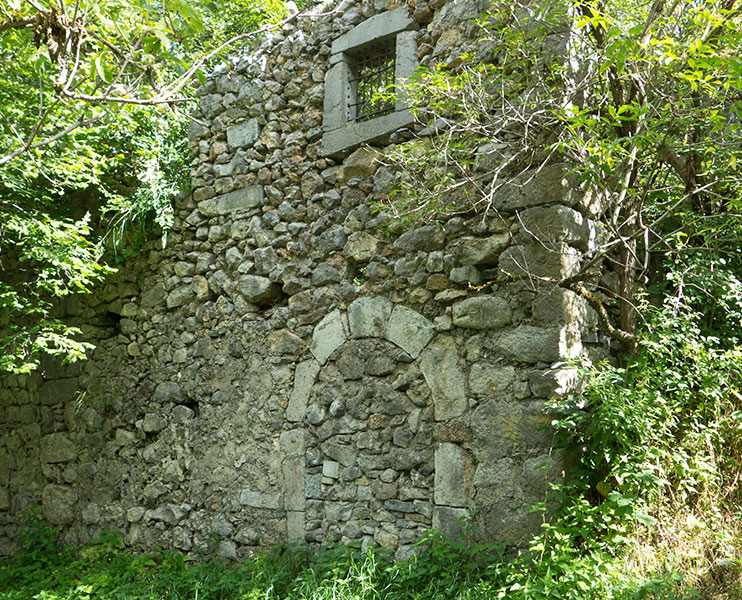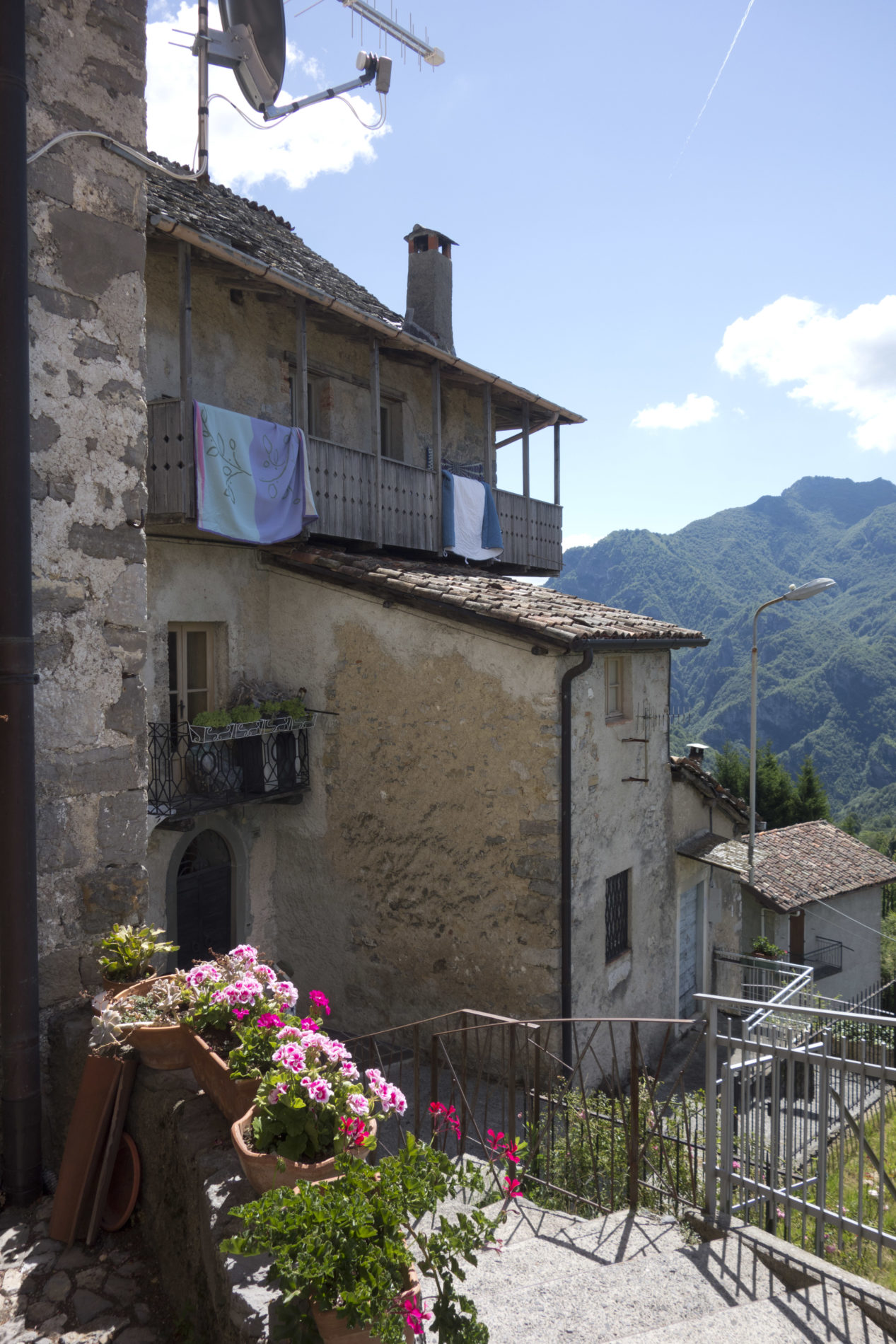 By Dr. Alec Balasescu, December 17th, 2018
By Dr. Alec Balasescu, December 17th, 2018
“Rock and Stone: Material Culture and Cultures of Making” is a multidisciplinary field course that aims to study the natural resources of pre-Alpine mountains and its immediate surroundings. The theoretical question driving the program is how contemporary rural areas may suggest alternative models of development, focusing specifically on the evolution of the use of stones in the valley. The students will observe and study how a locally available resource can become a source of inspiration for future sustainable approaches on building and organizing space.
“No matter what object you study, if you study it correctly the entire society comes with it”
The French ethnologist André Georges Haudricourt aptly said: “N’importe quel objet, si vous l’étudiez correctement, toute la société vient avec” (No matter what object you study, if you study it correctly the entire society comes with it.) This is valid for stones, too. By approaching the use of rocks in building – a readily available resource in Taleggio Valley – the course will identify the historical variations of the perceptions of “nature” as technologically empowered cultural category, and the different ways to relate to it. For example, the first settlements in Taleggio Valley are entirely stone made. This abundance lead to the development of the stone roofing technique. The invention of industrial concrete transformed the entire region and its architecture. It became a centre for extraction of materials for the concrete industry, and ultimately generated the famous liberty style. How did the vision about “nature” change in this process? In what type of socio-economic context did it co-evolve? How does “the return to rurality” express itself in the relationship with architecture and stone today? What is the significance of the transformation of old stone antabuse online 500 mg houses (bait) into touristic attractions?
 Nature and Material Culture
Nature and Material Culture
The research in this field school explores the larger question of how the historic variation of the cultural category of “nature” expresses itself in the local material culture, and how it influences the way in which we relate with the reality of climate change and the concepts surrounding sustainability and resilience. In other words, how many ways of being in relationship to nature are there, and how do they express themselves through material culture? How do we make things if we think of nature as separated from us, or if we think of us as an integrated part of nature? How is the local perception of nature expressed in material culture and can it be relevant on a global scale?
Transformations to be had
Answers to these type of questions may contribute to the century long theoretical conversation on nature, technology and culture. They may also provide possible local or global solutions to address climate change, both in terms of practices but also in terms of policies that may ultimately reshape the way in which we relate with our environment. This field school considers the connection between cultural attitudes towards the natural environment and the impact of these attitudes on a local scale. In the face of the challenges that come with climate change, it is critical to identify local solutions and consider how they may be scaled that they may be implemented at global level. We hope that this research and the integrated summer school will bring a modest contribution to this endeavor.

